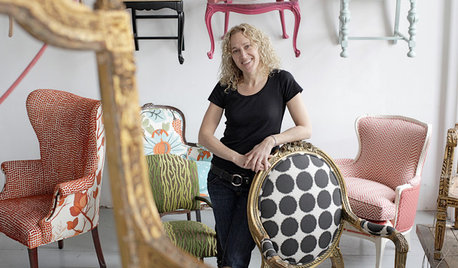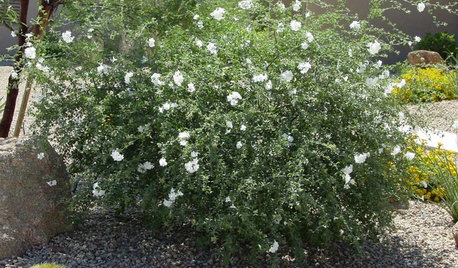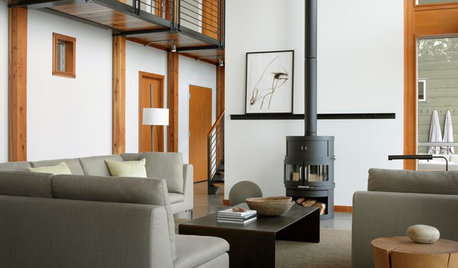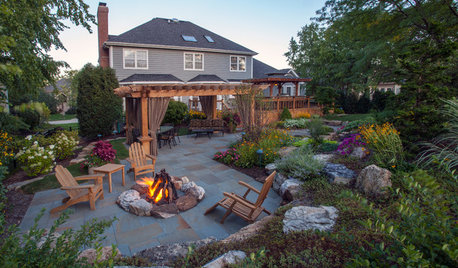Extreme heat waves... cause for?
firefightergardener
14 years ago
Related Stories

GREEN BUILDINGInsulation Basics: Designing for Temperature Extremes in Any Season
Stay comfy during unpredictable weather — and prevent unexpected bills — by efficiently insulating and shading your home
Full Story
TASTEMAKERS3 Extreme Chair Makeovers — Plus DIY Reupholstering Tips
Spoiled seats and forlorn frames get kicked to the curb by a Philadelphia reupholstery whiz with a flair for salvaging and artistic designs
Full Story
GARDENING GUIDESGreat Design Plant: Little-Leaf Cordia Handles Desert Extremes
Its delicate white flowers are rare in hot and dry sites, but Cordia parvifolia offers more than mere beauty
Full Story
FLOORSFloors Warm Up to Radiant Heat
Toasty toes and money saved are just two benefits of radiant heat under your concrete, wood or tile floors
Full Story
GREAT HOME PROJECTSHow to Add a Radiant Heat System
Enjoy comfy, consistent temperatures and maybe even energy savings with hydronic heating and cooling
Full Story
REMODELING GUIDESClean-Burning Woodstoves Ignite a Greener Heating Trend
No need to rely on oil or gas to heat your home — new woodstove designs burn cleanly and are beautiful to boot
Full Story
FLOORSWhat to Ask When Considering Heated Floors
These questions can help you decide if radiant floor heating is right for you — and what your options are
Full Story
GREEN BUILDINGInsulation Basics: Heat, R-Value and the Building Envelope
Learn how heat moves through a home and the materials that can stop it, to make sure your insulation is as effective as you think
Full Story
GARDENING AND LANDSCAPING3 Ways to Bring the Heat to Outdoor Living Spaces
Here’s what to know about surviving winter’s bite with an outdoor fireplace, fire pit or heat lamp
Full Story
FLOORSIs Radiant Heating or Cooling Right for You?
Questions to ask before you go for one of these temperature systems in your floors or walls (yes, walls)
Full Story






dcsteg
ken_adrian Adrian MI cold Z5
Related Discussions
For those who were affected by the latest heat wave....
Q
8th heat wave in zone 7a
Q
Will extreme heat affect young plants?
Q
Affect of extreme heat on fruit set
Q
kaitain4
dcsteg
pineresin
menno
evansgm
ken_adrian Adrian MI cold Z5
evansgm
stevemy
wisconsitom
User
firefightergardenerOriginal Author
tunilla
toucanjoe
gardengal48 (PNW Z8/9)
noki
dcsteg
firefightergardenerOriginal Author
toucanjoe
firefightergardenerOriginal Author
stevemy
dcsteg
firefightergardenerOriginal Author
toucanjoe
toucanjoe
coniferjoy
plan9fromposhmadison
firefightergardenerOriginal Author
poopsko
menno
toucanjoe
kristen5
pineresin
gardengal48 (PNW Z8/9)
firefightergardenerOriginal Author